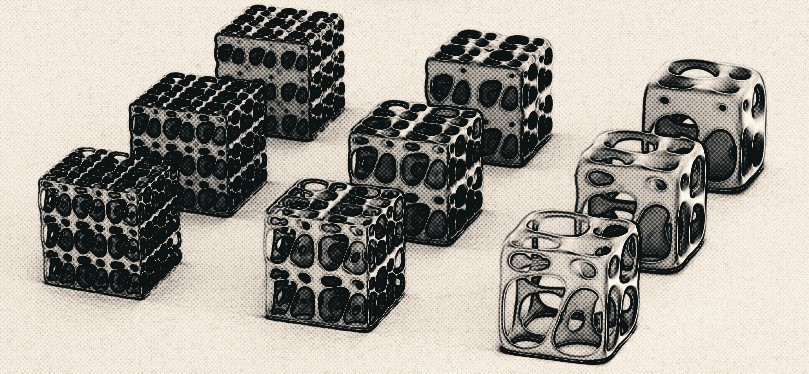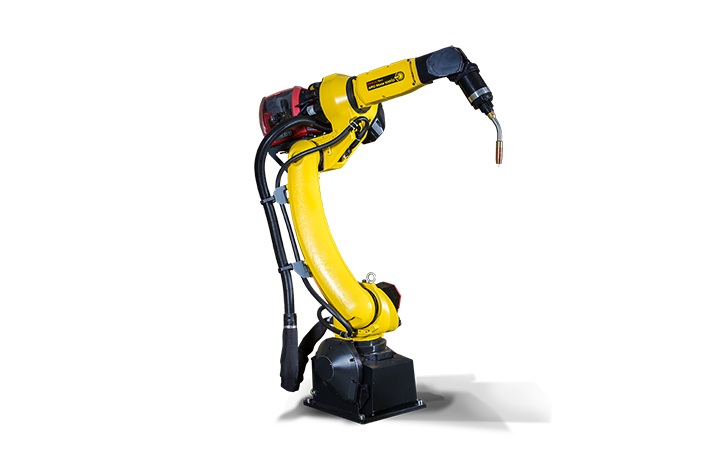
Heat treatment is a metallurgical process used to alter the physical and sometimes chemical properties of metals to improve their mechanical performance, such as hardness, strength, and wear resistance. It involves heating the metal to a specific temperature, holding it at that temperature to achieve the desired phase transformation, and then cooling it rapidly or slowly to lock in a specific microstructure.
The resulting microstructure often enhances the metal’s mechanical properties, such as increased strength, hardness, or toughness. These processes are critical in various industries, including automotive, aerospace, and tool manufacturing.
How Heat Treatment Works
Heat treatment typically involves three key stages:
- Heating: The metal is heated to a precise temperature to achieve a specific phase transformation.
- Soaking: The metal is held at that temperature for a defined period, allowing the phase change to fully develop.
- Cooling: The metal is cooled at a controlled rate to achieve the desired mechanical properties.
The cooling phase determines the final microstructure, which can significantly affect the material’s hardness and strength. Common cooling methods include quenching (rapid cooling) in water, oil, or air, and annealing (slow cooling).
Types of Heat Treatment Processes
1. Annealing
Annealing involves heating the metal and then allowing it to cool slowly, reducing hardness and increasing ductility. This process is commonly used to relieve internal stresses and refine the grain structure.
2. Quenching and Tempering
- Quenching: The metal is rapidly cooled from a high temperature to create a hard and brittle microstructure.
- Tempering: The quenched metal is reheated to a lower temperature and cooled slowly to reduce brittleness while retaining hardness.
3. Carburizing
Carburizing introduces carbon into the surface layer of low-carbon steel at high temperatures, enhancing surface hardness while maintaining a softer, ductile core. This is widely used in the automotive industry for gears and shafts.
4. Nitriding
In this process, nitrogen diffuses into the surface of the metal, forming a hard nitrided layer. Nitriding produces high surface hardness without the need for quenching, minimizing distortion.
5. Stress Relieving
Stress relieving is performed by heating the material to a moderate temperature below the transformation range and then cooling it slowly. This process reduces residual stresses caused by machining or welding.
Advanced Heat Treatment Techniques
1. Vacuum Heat Treatment
This method is conducted in a vacuum to prevent oxidation and contamination, resulting in a clean and bright surface finish. It is ideal for high-precision components.
2. Induction Hardening
Induction hardening uses electromagnetic induction to rapidly heat the surface layer of the metal, followed by rapid cooling. This creates a hard surface with a tough core, suitable for wear-resistant applications.
3. Cryogenic Treatment (Subzero Treatment)
Cryogenic treatment involves cooling the metal to subzero temperatures, typically using liquid nitrogen. This process refines the microstructure, enhancing wear resistance and dimensional stability.
Impact of Heat Treatment on Material Properties
Heat treatment can significantly improve mechanical properties but often involves trade-offs. For example:
- Increased Hardness: Improves wear resistance but may reduce ductility.
- Enhanced Strength: Improves load-bearing capacity but can make the material more brittle.
- Stress Relief: Reduces internal stresses but may slightly decrease hardness.
Common Applications of Heat Treatment
- Automotive: Engine components, gears, and axles.
- Aerospace: Turbine blades, landing gear, and fasteners.
- Tool Manufacturing: Cutting tools, molds, and dies.
- Construction: Structural steel and reinforcing bars.
Conclusion
Heat treatment plays a vital role in enhancing the mechanical properties of metals, making them suitable for a wide range of industrial applications. By understanding the principles and types of heat treatment, industries can tailor material properties to meet specific performance requirements.






